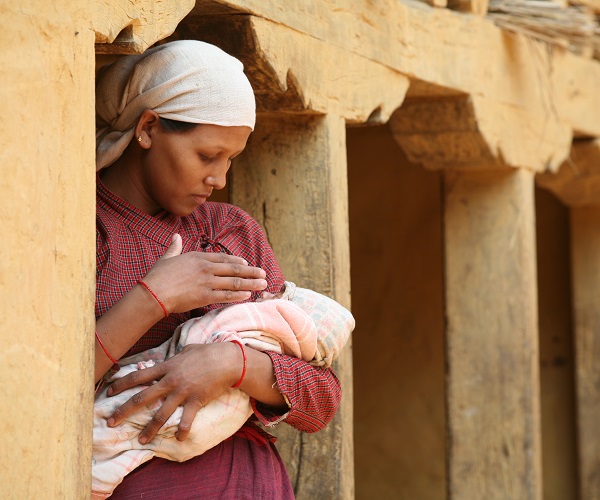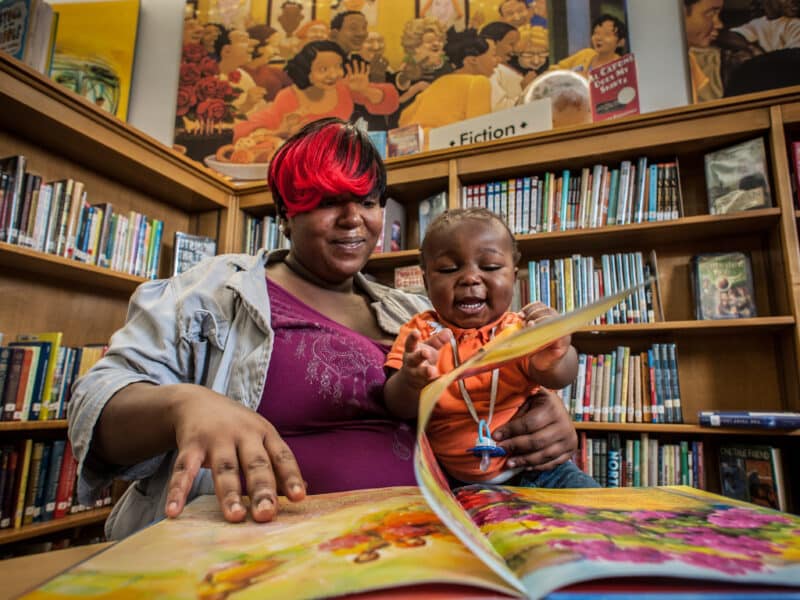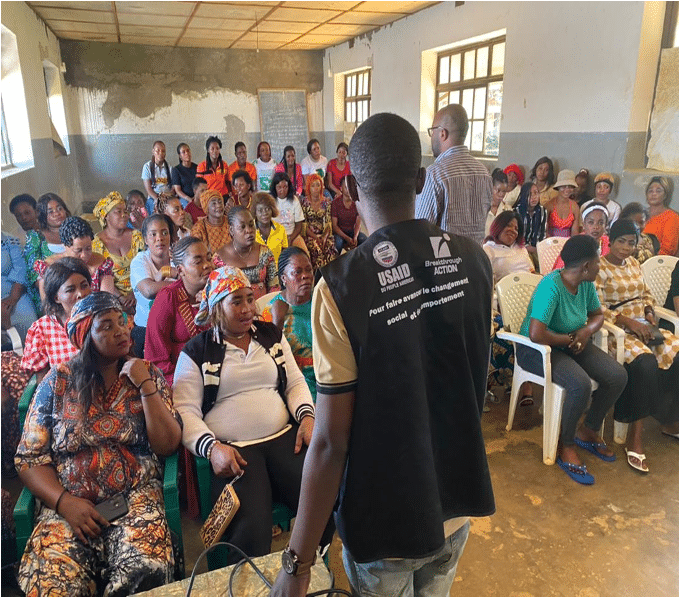Does the saying “a rising tide lifts all boats” apply when it comes to health? This has been a key question in SBCC program design. For years, public health professionals believed that programs designed for the general population would equally benefit marginalized or disadvantaged groups, who are also members of the general population. However, in many places, despite the introduction of health promotion programs, certain groups still lag behind in health status. In Nepal, a nutrition program called Suaahara has answered this question, demonstrating that programs targeted at the general population and disadvantaged groups can improve nutrition behaviors among both groups.
USAID-funded Suaahara (“Good Nutrition”) is an unprecedented, multisectoral, multiplatform approach dedicated to improving the health and nutritional status of pregnant and breastfeeding women and children under two years of age. The project focuses on improving nutrition; maternal, newborn, and child health (MNCH) services; reproductive health/family planning services; water, sanitation and hygiene (WASH); and home-based gardening in 20 districts (recently increased to 41 districts). Suaahara’s Bhanchhin Aama (“Mother says”) communication platform comprehensively integrates SBCC messages and activities about nutrition with WASH, agriculture and health services promotion at all levels. The campaign centers on a positive mother-in-law role model (Bhanchhin Aama), who communicates nutrition information in a way that is credible, authentic, and persuasive to Suaahara’s intended audiences, which included husbands, mothers-in-law, and other family members, as well as pregnant and breastfeeding mothers. The Bhanchhin Aama platform includes a radio drama and companion call-in program, hosted by the Aama, as well as billboards, home visits supported by trained frontline workers, and community-based activities that celebrate families and key life events. A concerted effort is made to ensure that disadvantaged groups are incorporated in all activities.
Program evaluation results indicate that the campaign has had an impact on health behaviors. Compared to individuals who had not been exposed to the campaign, individuals who listened to Bhanchhin Aama, saw billboards, or participated in one or more face-to-face activity were significantly more likely to:
- know that they should (1) give a sick child an extra meal or more breast milk when sick, (2) give their children ORS when diarrheal, (3) wash their hands before feeding children, and (4) feed children eggs and meat;
- have fed their children eggs and dark leafy vegetables within the past 24 hours;
- receive support from a husband or family member for routine work.
Importantly, women from disadvantaged groups were just as likely to report these results as women in the general population.
Nepal SBCC Team Leader Shreejana K.C will present full findings from the program evaluation research this week at the International Conference on Maternal and Child Nutrition, held in Colombo, Sri Lanka.
This post was authored by Caroline Jacoby, Senior Program Officer.
The USAID-funded Suaahara program is a consortium led by Save the Children, with CCP, Helen Keller International, JHPIEGO, Nepal Water for Health, Nutrition Promotion and Consultancy Services and Nepali Technical Assistance Group. CCP guides the SBCC component. For more information, contact Shreejana K.C, at skc@jhuccp.org.np





